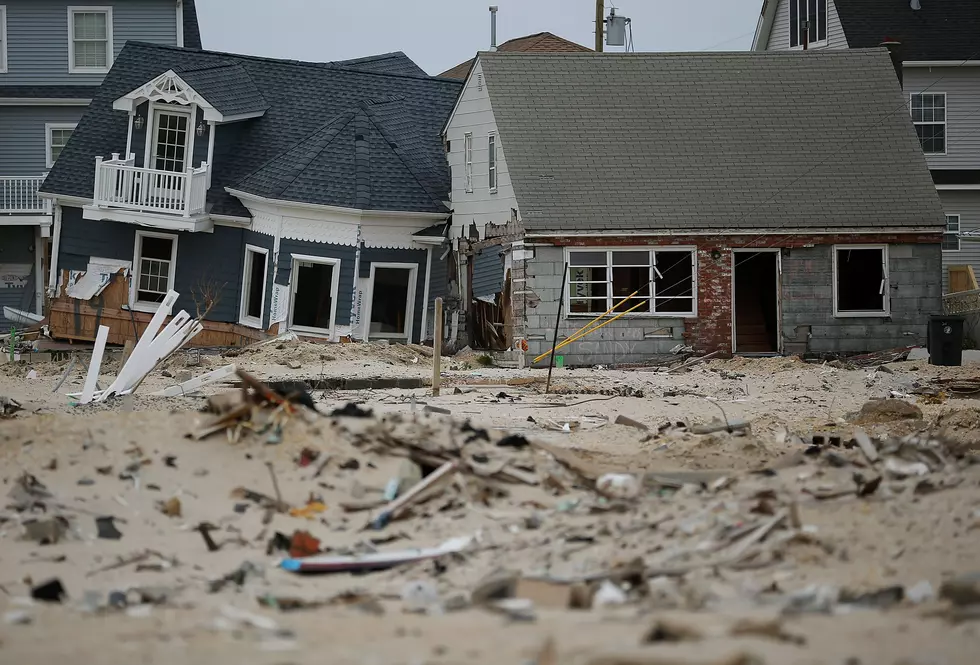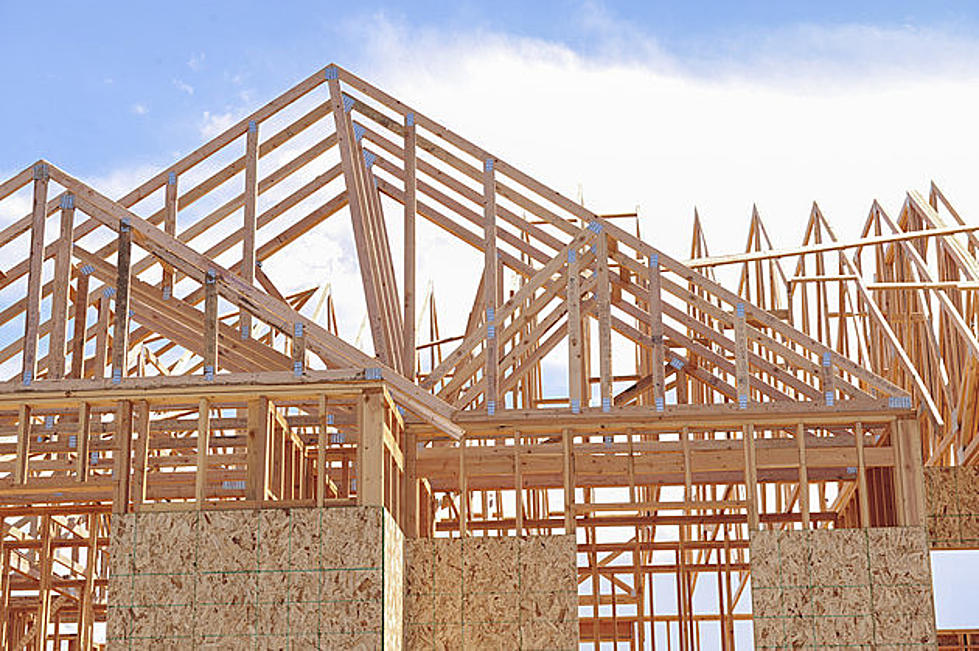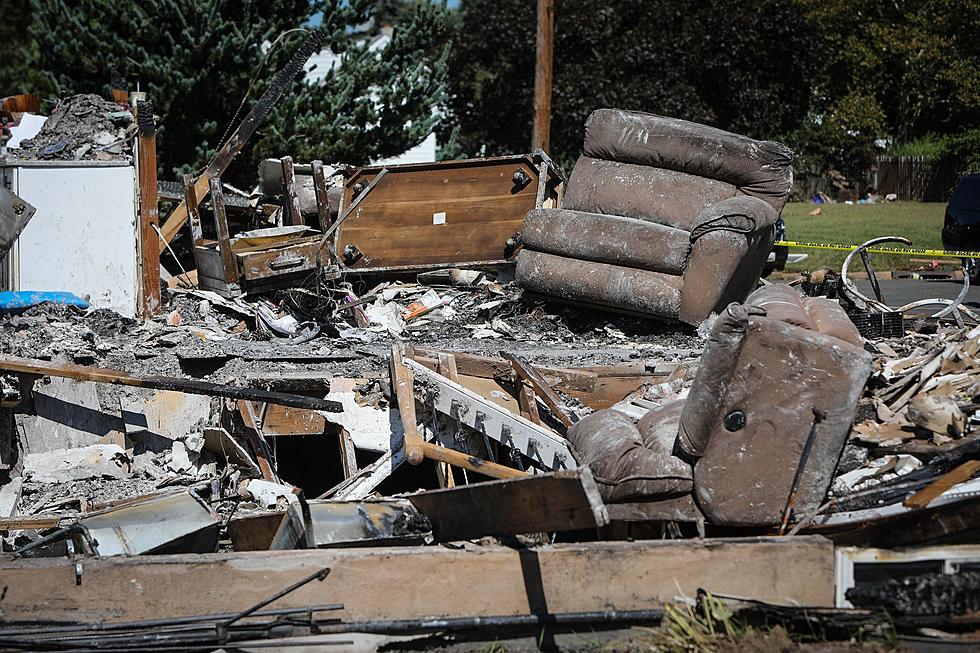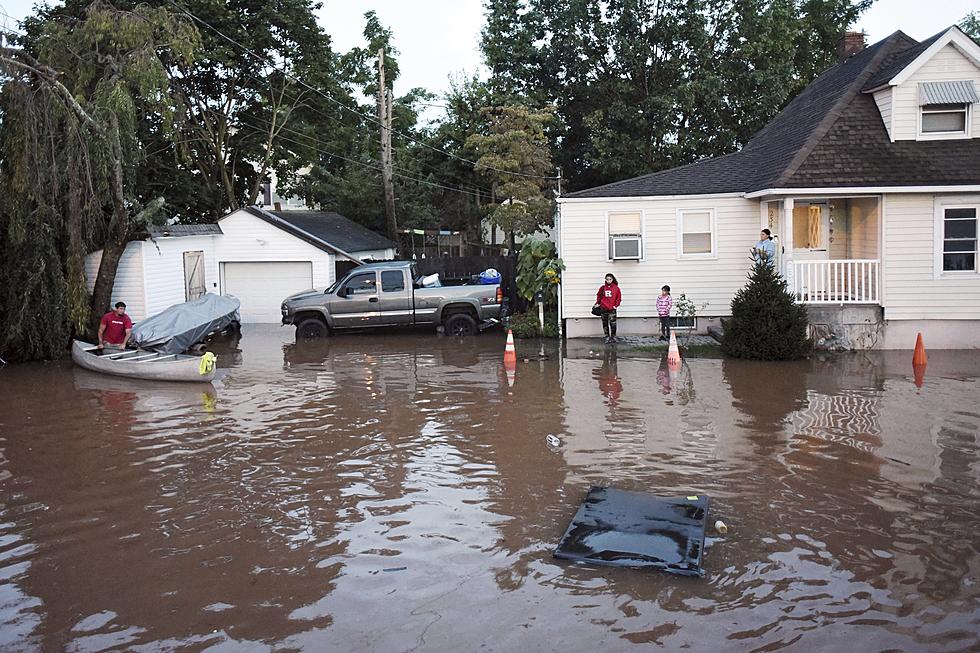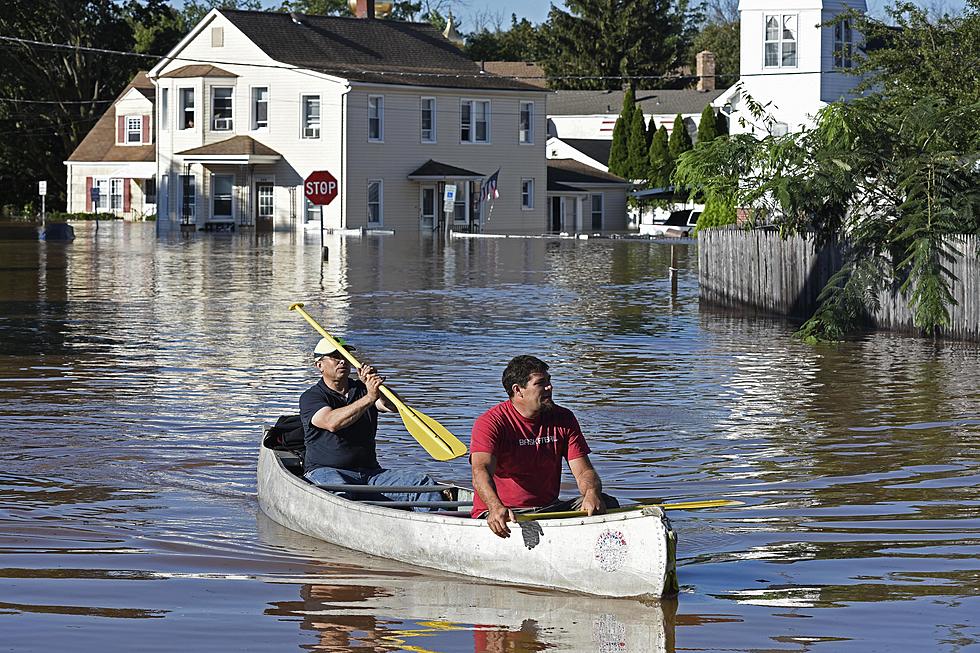![Post-Sandy Construction: Strong, Tough [AUDIO]](http://townsquare.media/site/385/files/2014/04/479361587.jpg?w=980&q=75)
Post-Sandy Construction: Strong, Tough [AUDIO]
Hurricane Preparedness Week is a good time to take a look at how far we have come with better and more sturdy construction of shore homes and businesses in this post-Sandy era.
According to builder Dwight Pittenger of Neptune, many residences built at the shore in the '50s and '60s were constructed as seasonal homes, when there weren't many standards or codes. He said some of the shore homes built back then did not even have footings.
But bitter storm experience has taught us a lot more about the need to raise homes on pilings in flood plains, and to build with stronger windows and frames.
"Essentially, what we're seeing here is a conversion from a time when you didn't have codes to really, codes today that are based on engineering standards resulting from prior storms," Pittenger said.
The construction codes that are applicable now were instituted in the mid-1990s as a response to Hurricane Andrew in Florida.
Pittenger said today's post-Sandy construction is essentially a transformation.
"At the end of the day, the shoreline is going to be a lot stronger than it ever was," he said.
By the current code, Pittenger said houses will have to withstand winds of 115 miles per hour, and that's going to be the standard.
"If a monster comes up and it's roaring at 140 miles an hour -- which isn't likely -- you'll see it in Florida, you'll see it for those hurricanes that make landfall in the Gulf of Mexico," he said. "But here, that would obviously be beyond normal expectations, and I think at that point the framing would be challenged when you start exceeding our anticipated wind loads by many, many more miles an hour."
Speaking about building in the wake of Sandy, Pittenger said, "Since this is really our first hurricane, our first test, we're all going through this threshold together."
More From New Jersey 101.5 FM



